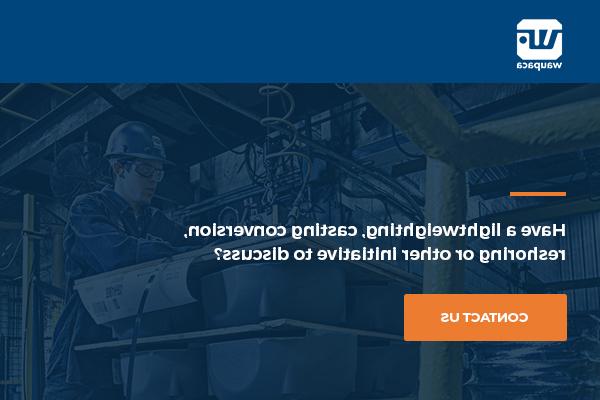5 Manufacturing Trends the Pandemic Has Accelerated
Josh切宁 | 工业 Equipment 新闻
5 Manufacturing Trends the Pandemic Has Accelerated
Many of these trends were part of the pre-COVID roadmap, but the pandemic pushed them into overdrive.
1. 重新支撑
Higher value-added manufacturers were already beginning to reshore from China. China’s labor cost advantage is decreasing, and many now recognize that long supply chains tie up a lot of inventory (and cash) on boats, which creates a vulnerability to both quality problems and faster product life cycles. The threat of intellectual property theft is another significant driving factor.
Another factor was the decreasing labor content of higher-value-added products, accelerated by increasing automation. The pandemic has increased scrutiny on Disaster Resource Plans, including having multiple options of supply.
重新支撑 is now seen as a de-risking option going forward.
分析
Business customers receiving supplies from a single plant in the United States may insist that a second plant be readied as a fallback.
2. 机器人和协作机器人
A huge part of the increase in 制造业 productivity over the last 30 years is due to automation. Robots and cobots simply continue that trend. As robotica capabilities increase (and costs decrease), they are increasingly found in the factories of smaller companies. They help mitigate difficulties in attracting skilled labor.
分析
With the need to socially distance workers, robots and cobots can take over simpler tasks and allow human workers to spread out. Robots are also easy to clean, so expect to see more of them soon in food processing plants.
3. 3 d打印技术
Ten years ago, 3D printing was thought of strictly as a prototyping tool. The industry has since experienced huge increases in productivity, the types of materials available, tolerances and part strength, as well as the ability to integrate 2D printing and even electrical circuits.
Dark factories are now producing parts, 无人管理的, 通宵达旦, and military units carry printers into the field to produce just-in-time replacement parts. 3D printers can print sintered metals, all manner of plastics, 钛, 玻璃, 和复合材料, the latter by feeding carbon or 玻璃 into one port and resin into another. Airbus and Boeing are both printing parts for airplanes.
分析
The pandemic has not affected 3D printing as much as others, and 3D printing is still not a replacement for parts that have to bear great stress. Nonetheless, it has already come farther than many predicted and its use will only increase. The advantages of additive 制造业 are too big to ignore.
4. 物联网
The 物联网 (IoT) is just an extension of the data economy taken down to the level of “things” – machines in a factory, products that are sold – in order to gather actionable data. IoT is increasingly cheap and easy; ready-made “stacks”, with interoperable goodies such as artificial intelligence and digital twins, 是可用的.
Gathering data from factory machines allows for better utilization, 更高质量的数据, predictive maintenance, 过程控制, which can be easily shared with customers to prove out processes.
在产品, IoT allows for predictive maintenance (for example, when your washing machine needs a bearing), 越来越多, the sale of products-as-a-service (PaaS). This refers to an ongoing stream of revenue generated by the data along with analytics, 服务及配件, which turns the sale of a product into an annuity.
分析
The pandemic will push IoT forward because it enables plant engineers to remotely monitor processes. A plant engineer can in some cases work from home, or at least from a remote control center.
5. 员工教育
The common thread for all these trends, and which is most affected by the pandemic, 员工教育. 随着时间的推移, 对很多员工来说, higher education will consist of targeted distance learning courses, perhaps supplemented by work in labs or machine shops, leading to a certificate.
在那之后, employers will direct and subsidize further education, both for individuals and for the general mass of employees. Education in statistics, or the interpretation of data, will also be widespread.
分析
Employer-directed education will be part of the requirement for raises. The idea is to educate employees in exactly what they need to be educated in at the time, not only for better performance, but also for the ability to delegate responsibilities requiring analytical and engineering skills.

